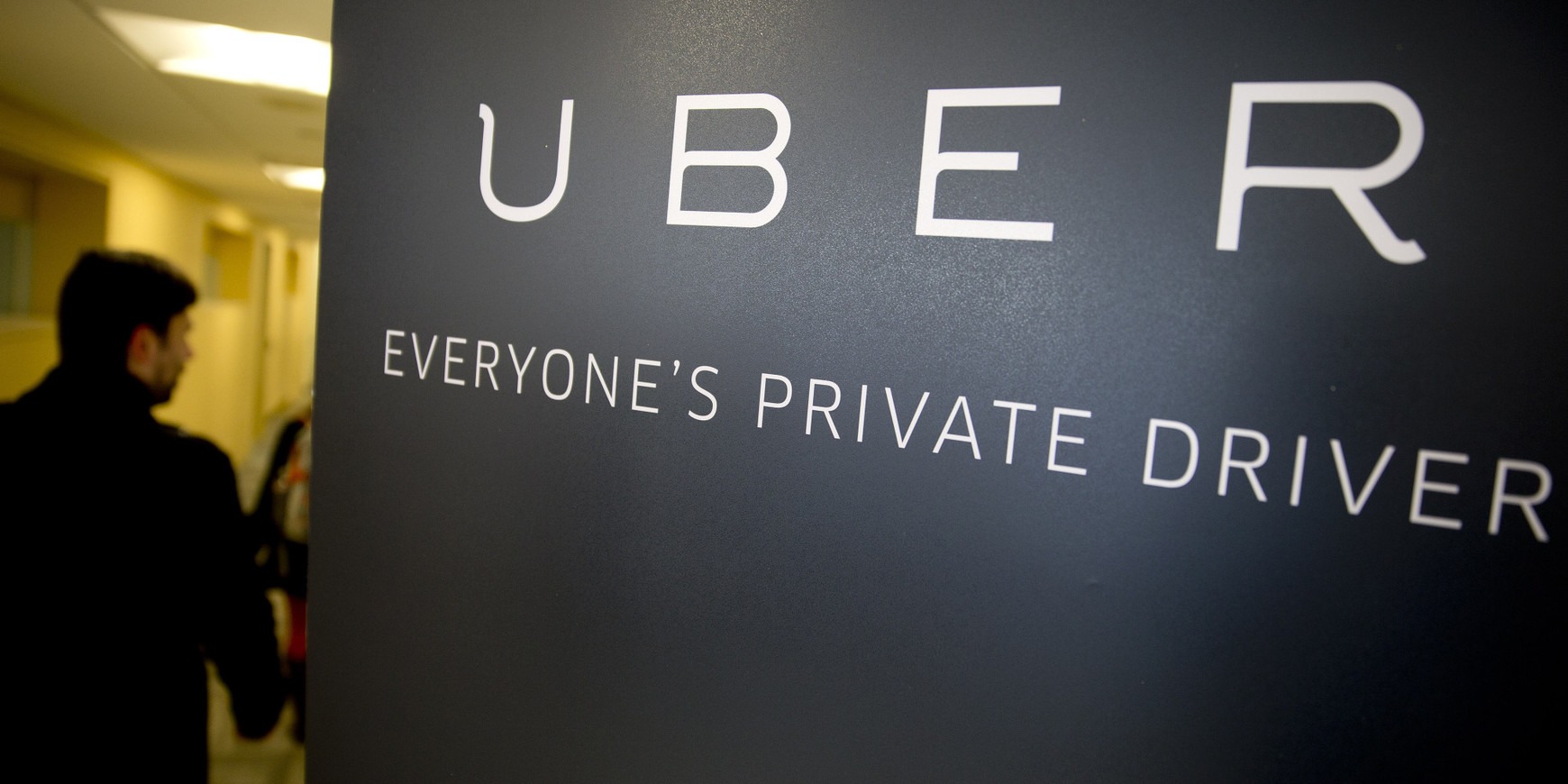The horrible, unfortunate shootings in Kalamazoo, Michigan, this weekend present a genuine brand crisis for Uber, the increasingly ubiquitous mobility services company. The company’s success has brought hundreds of thousands of people into its contractor circle, including wanna-be Travis Bickle, Kalamazoo shooter Jason Dalton.
Dalton allegedly picked up rides using Uber in between shooting people randomly. Whether he was using Uber as a cover to create an alibi or is just mentally ill, the brand has become as much the story as the sick man behind the wheel. What can Uber do? Three things immediately come to mind:
1.) Follow through on the commitment to recruit more female drivers, offering female-female driver/rider connections to reduce the perceived threat of male drivers to women riders. In our informal discussions with more than 30 drivers, the combination of strangers of the opposite sex is a common theme. Female riders and potential Uber customers have cited female drivers as an increasingly important feature of the service.
2.) Find a way to enforce the eight-month-old ban of guns in Uber cars. Make drivers and riders physically tick a box acknowledging that for the shared safety of the people in a car they will not carry a firearm. It will be unpopular with some, but the brand needs to be seen putting safety first between rider and driver. Everyone recognizes that angry people get into cars, sometimes hitting drivers or assaulting riders and their pets, but the gesture is important and allows Uber to use civil actions against violators. People can be jerks, the challenge is preventing them from being jerks during a paid service experience.
3.) While price is important, rider perceptions of safety will determine whether they hail an Uber car in the first place. The fact that so many people drive for Uber now raises the concern that drivers may be ill-intended or crazy, so Uber must find a way to combine background checking with criminal records, accident records, and other public data that may expose a potential problem before it can happen. Driver ratings are the last step in this process, but Uber can raise confidence by doing more to disclose its efforts to vet drivers for safety.
Uber is in no way responsible for what happened in Kalamazoo. As it becomes a more common feature of local transportation, including its recently introduced deliveries to the home, it can do much to prevent the rise of an urban myth about Uber safety problems by working with local law enforcement, governments and the public in response to horrific events like this weekend’s shootings.
Photo courtesy of OnwardState.com.

